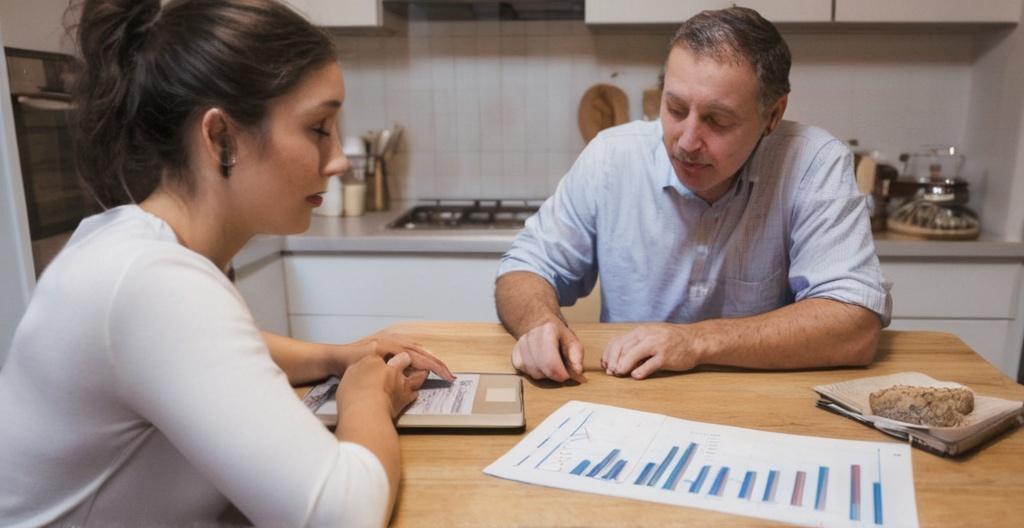Key Take Aways About The Psychology Behind Chart Patterns
- Chart patterns reflect human emotions like fear, greed, and optimism.
- Recognizing patterns boosts confidence but can lead to self-fulfilling prophecies.
- Confirmation bias can lead traders to ignore contradictory evidence.
- Pattern recognition is evolutionarily ingrained but can result in pareidolia.
- Crowd psychology and herd behavior significantly influence market movements.
- Intuition and gut feelings stem from experience but can be risky.
- Traders should aim for objectivity, acknowledging psychological influences.

The Psychological Aspect of Chart Patterns
In the world of trading, chart patterns hold a special place for both novice and seasoned traders. These patterns, formed by price movements over a certain period, are not just lines and shapes on a chart; they encapsulate human behavior—driven by fear, greed, optimism, and other emotions. Let’s get into why chart patterns resonate so much with our psyche and how they can influence trading decisions.
How Emotions Drive Trading Decisions
You might think trading is all about numbers and algorithms, but at its core, it’s a psychological game. When traders spot a pattern they recognize, such as a head-and-shoulders or double top, it’s akin to seeing a familiar face in a crowd. This familiarity can spark confidence, leading traders to make decisions based on past interactions with these patterns.
Patterns like these instill a sense of predictability, even if the markets are inherently unpredictable. Much of trading psychology revolves around the assumption that other market participants will react similarly when they see the same patterns. This herd mentality often leads to self-fulfilling prophecies where the expected price movement actually occurs just because everyone believes it will.
The Role of Confirmation Bias
Ah, confirmation bias. This sneaky little cognitive bias leads traders to see what they want to see rather than what’s actually in front of them. When scanning charts, a trader may latch onto patterns that confirm their existing beliefs or expectations about market direction. Ignoring contradictory evidence becomes easy, and before you know it, trades can spiral into a sea of losses.
Pattern Recognition and Human Evolution
The human brain is wired to recognize patterns—a trait that’s been crucial for survival. Spotting a tiger in a bush or recognizing the seasons based on natural cues meant the difference between life and death for our ancestors. Fast forward to the present, and this capacity is what helps traders identify formations on charts. Our evolutionary advantage, however, can be a double-edged sword. Sometimes, our brains see patterns where there’s none—a tendency known as pareidolia. This can lead traders to make unwise decisions based on imagined signals.
Case Study: The Bitcoin Surge
Remember the Bitcoin mania of 2017? Everybody and their dog wanted to ride the wave. Throughout this period, chart patterns like ascending triangles started to become all the rage. Traders jumped in, anticipating a breakout, only to see it crash into oblivion soon after. The pattern recognition played on both fear of missing out (FOMO) and fear of loss. Those who held on too long or got in too late felt the sting of emotional trading.
The Influence of Crowd Psychology
Markets are a melting pot of emotions, and crowd psychology plays a huge role in how chart patterns develop. The cyclical nature of fear and greed manifests in these patterns. A rising wedge, for example, often signals potential downturns due to decreasing volumes—a sign that traders are becoming cautious. The collective mindset is an essential component in forming these chart patterns.
Individualism vs. Herd Mentality
While every trader wants to believe they’re a lone wolf making decisions based solely on data, many get caught up in herd behavior. This isn’t necessarily irrational. The underlying belief is that safety can be found in numbers—if everyone’s doing it, it must be right. But, as we know, markets are anything but logical. When a majority sees a bearish pattern and decides to sell, a contrarian may spot an opportunity to buy.
Gut Feelings and Intuition
Sometimes traders go with their gut, a feeling that something might happen based on ambiguous signals. These intuitive calls often stem from years of experience and countless hours of staring at charts, forming a subconscious understanding of market rhythms. While intuition can be a powerful tool, relying on it without proper analysis is akin to gambling.
Conclusion
Chart patterns, while rooted in technical analysis, are deeply entwined with the human psyche. They reflect our inherent need to find order amidst chaos and our reliance on past experiences for making future predictions. It’s essential for traders to be aware of the psychological factors at play and strive to maintain objectivity. At the end of the day, while patterns can guide us, it’s critical to remember they don’t dictate market outcomes. Trading remains a nuanced blend of analysis, psychology, and yes, a little bit of luck.
